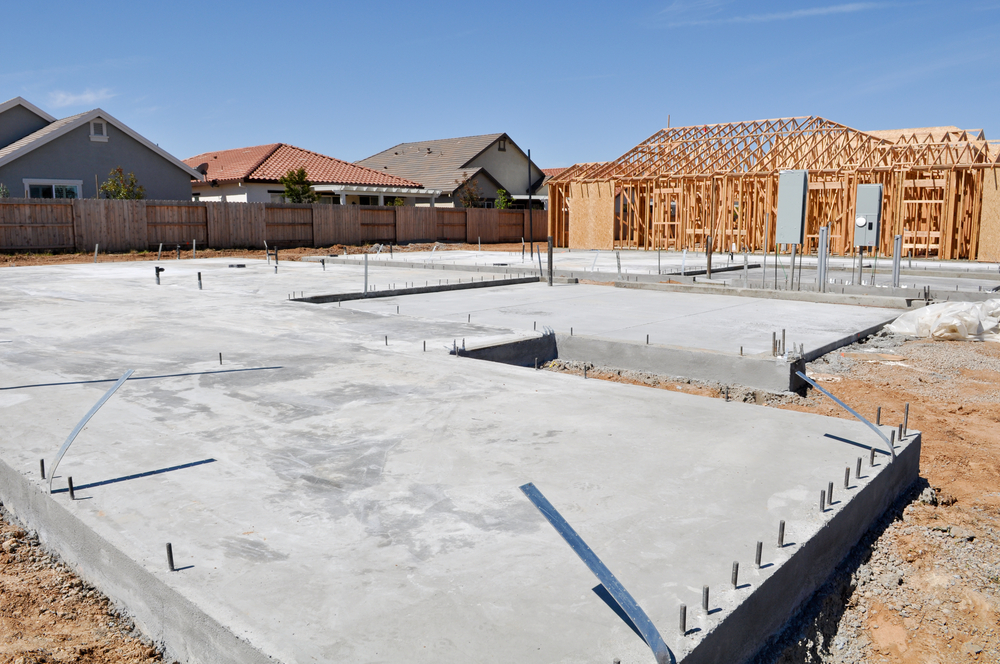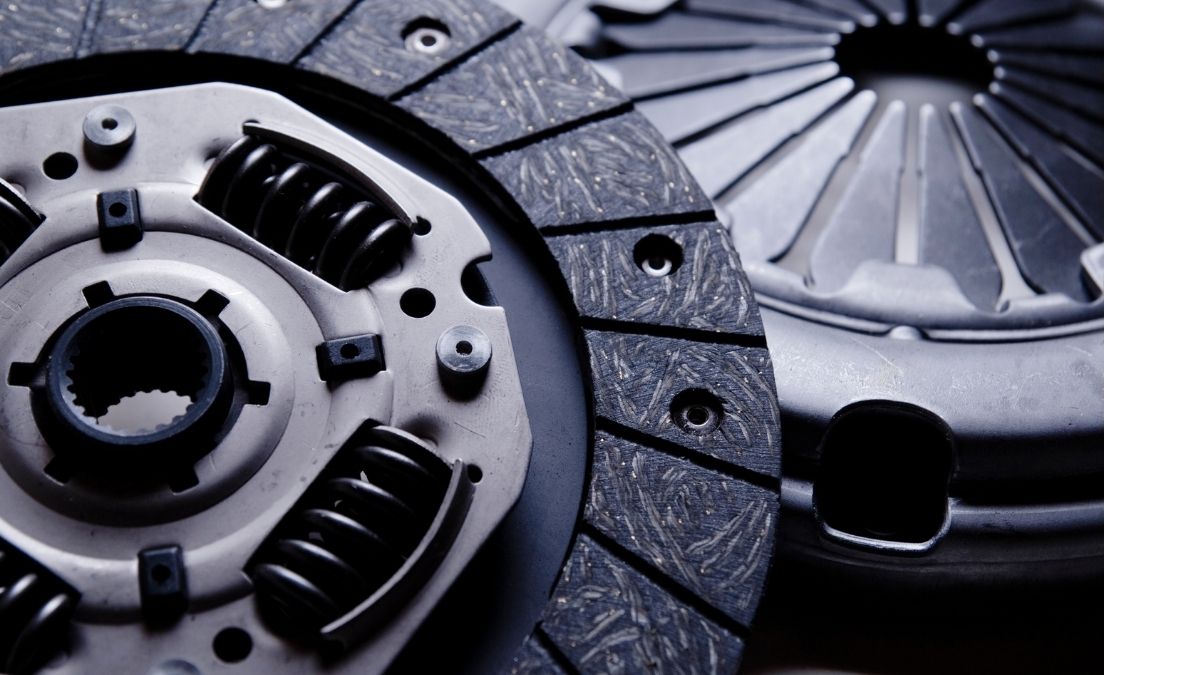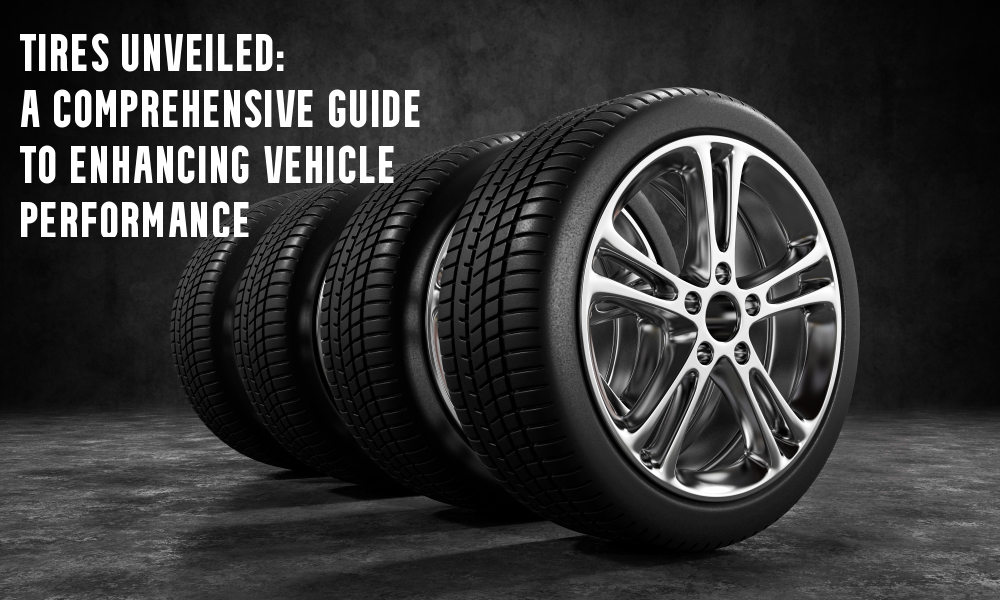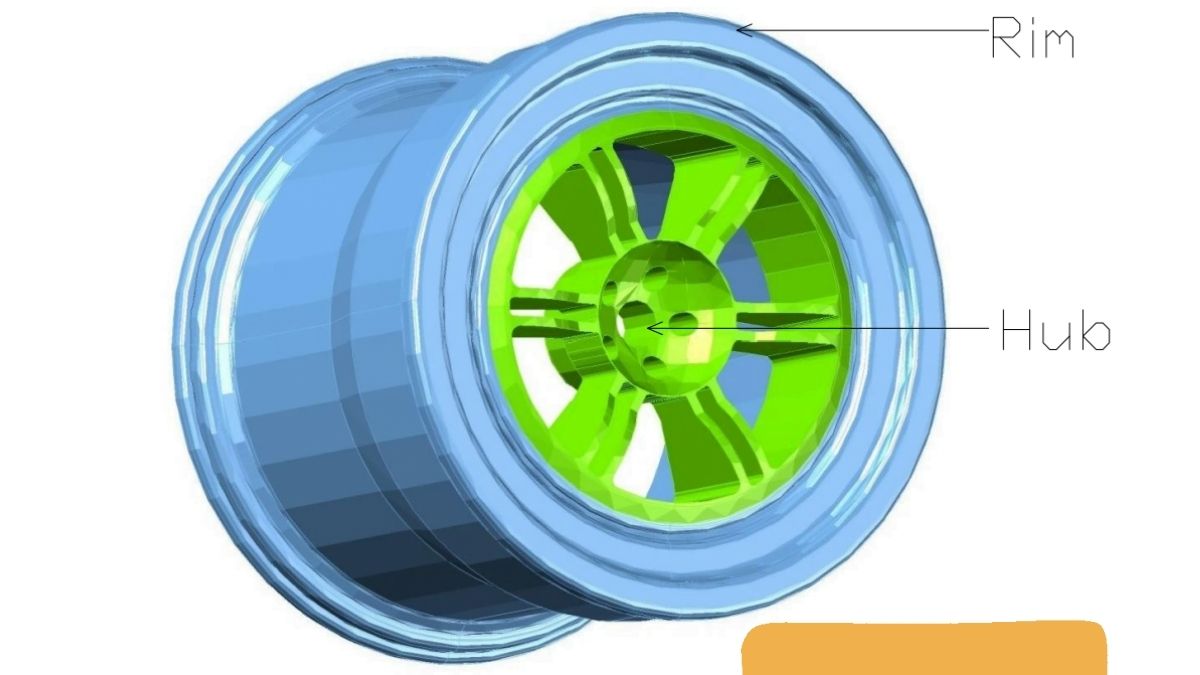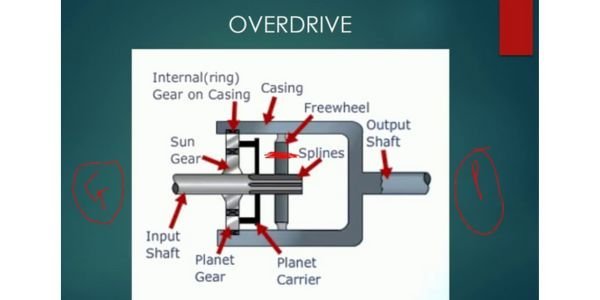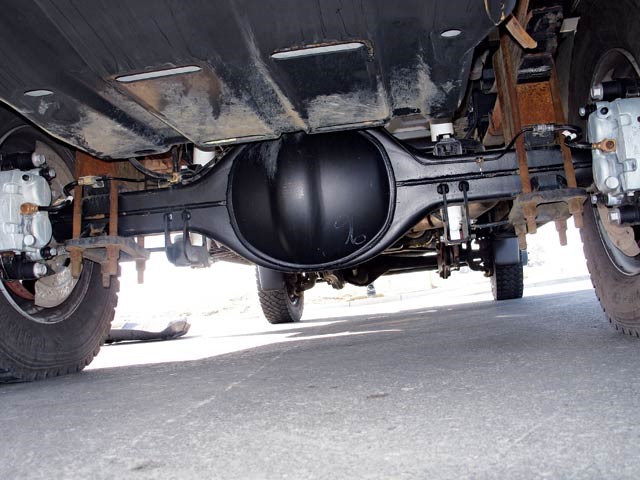Table of Contents
WHAT IS UNDERSTEER?
Understeer is when a vehicle turns less than the required angle through the steering, meaning the front tires struggle for traction, causing the vehicle to spin below normal and push extensively during a turn.

WHAT CAUSES UNDERSTEER?
Understeer happens as a result of drivers input. Turning the steering wheel sharply, abruptly, or too much for vehicle speed versus available grip will exceed front tire traction, forcing the car’s nose to slide widely across the road surface in understeer. Cold or wet conditions make this even more likely, of course, while the lack of weight on the front tires when accelerating smoothly too early in the middle of the corner also triggers the problem.
Symptoms of understeer include:
• Tire creaking on the front wheels
• Drifting out of a curve
• A direction that feels light
• Vibration through the steering wheel
HOW TO FIX UNDERSTEER
We know that understeer is the result of the front tires losing grip on the road surface. We know this is caused by over-acceleration, steering or speed for the required steering angle and available grip. To regain control, you must first remove (or at least reduce) the cause.
Lowering the throttle (and braking if necessary) when understeer occurs is instinctive and helps restore the grip by reducing speed and transferring weight forward, pressing the front tires onto the road. Unfortunately, it’s also a knee-jerk reaction to tighten the steering lock more and more to try to force the car to turn.
This only exaggerates the problem, as increasing steering when front grip is lost only increases the skid angle, pushing the tires further away from the point where they will regain traction. So while it’s counterintuitive, briefly release some steering input while slowing the throttle. This allows the tires to regain grip earlier and therefore regain control of the car. This is one of those times when less means more.
There are also some simple adjustments that can be made to the car to reduce the likelihood of understeer. These include:
• Reduce tire pressure or use softer tires on the front of the car.
• Softening of the stabilizer bar or front springs.
• If aerodynamics are present, increase forward force downward.
WHAT IS OVERSTEER?
Oversteer is when a vehicle turns more than the angle requested by the driver through the steering wheel, most commonly understood as the rear tires sliding to the side in an attempt to overtake the front tyre.

WHAT CAUSES OVERSTEER?
Oversteer is the result of one of three driver actions:
• Apply excessive and sudden throttle in a power gear while driving (in a rear-wheel-drive car).
• Raise the accelerator suddenly while driving
• Excessive ‘track braking’
In the first case, severe application of too much force can overcome the traction of the rear tires and create wheel slip, with the lateral inertia of the steering direction causing the rotating tires to slide sideways.
In the latter two cases, excessive weight transfer to the front leaves the now light rear tires with little grip, resulting in oversteer skidding when loaded front tires bend in a corner. This is known as ‘take-off’ oversteer and can affect all cars, whether rear, front or all-wheel drive.
Symptoms of oversteer include:
• The car starts to turn so that the driver is facing the inside of the turn.
• The rear of the car becomes “light” and unstable due to lack of grip
HOW TO FIX THE OVERSTEER
First, we need to understand what the cause is:
1. Do the rear tires have a lot of power, affecting the level of grip?
2. There is excessive forward weight transfer going into a turn, the transition leaving the rear tires with insufficient grip on the road (takeoff oversteer)
As the causes are different, so are the techniques for recovering the situation. There is at least one common theme with direction. As was the case in correcting understeer, turning to the slide aids recovery.
In the heat of the moment, however, it’s not uncommon for drivers to forget which direction to turn, whether it’s driving in the wrong direction or simply freezing and not reacting at all; while some initially turn in the right direction to start, only to change their minds when the car doesn’t instantly react.






